Start Flower Seeds Indoors and Get a Head Start on Gorgeous!

by
Wet & Forget
(IC: professional)
Your garden may not exactly be bursting with color this time of year, but don’t miss out on this prime time to buy flower seeds. Growing flowers from seeds indoors will not only save you money compared to buying plants, it will also help your garden get a head start on the blooming season. Flowers add color, fragrance and personality to your outdoor spaces, and some flowers can attract butterflies or hummingbirds, make homemade potpourri, or even add spice to your meals. Planting a combination of annuals and perennials will fill your garden with a variety of gorgeous blooms from spring until fall. So why wait to start putting together the highlight of your outdoor living space? Read on to learn about 4 beautiful flowers that you can start from seed indoors while the frost is still on the ground.
This annual vine gets its name from its gorgeous, pure-white blooms. The blooms open in the evening and close just after dawn, which makes the moonflower (Ipomoea alba) perfect for your moon garden. The white flowers seem to glow in the moonlight, and will attract hummingbirds during the day. Moonflowers require very little care, and will grow on a trellis to a height of 6 to 15 feet. They also have a long blooming season, which runs from spring through fall. To get these beautiful blooms off to an early start, start seeds indoors 4 to 6 weeks before the last expected spring frost for your USDA hardiness zone. Soak the seeds overnight in warm water before planting, and germinate them in a room with a temperature range of 65 to 85 degrees Fahrenheit and a good source of sunlight. You should start to see sprouting in 4 to 7 days. After the risk of frost has passed, plant the seedlings along a trellis in an area that receives full sunlight, and enjoy these exotic blooms all the way until fall’s first frost
Purple coneflowers (Echinacea purpurea) are hardy, drought-tolerant perennials that produce large, pink or purple daisy-like blooms. They are well suited for USDA hardiness zones 4a through 9a, and grow best in full sunlight. Purple coneflowers grow 24 to 48 inches tall, and make attractive borders or flower groupings. These flowers are popular with nature lovers because they are eye-catching, hardy, and attract both butterflies and hummingbirds. To grow coneflowers from seed indoors, start seeds 8 to 10 weeks before the last frost. Sow the seeds 1/8-inch deep in seed-starting formula, and cover 1/4-inch deep with fine soil. Your seeds should sprout in 10 to 20 days. When the seedlings have at least 2 pairs of true leaves, transplant them to larger pots. Move the pots to a sheltered area outdoors one week before transplanting into the garden, to allow the plants to become accustomed to outdoor conditions.
Enjoyed the project?
Published February 10th, 2016 10:26 AM



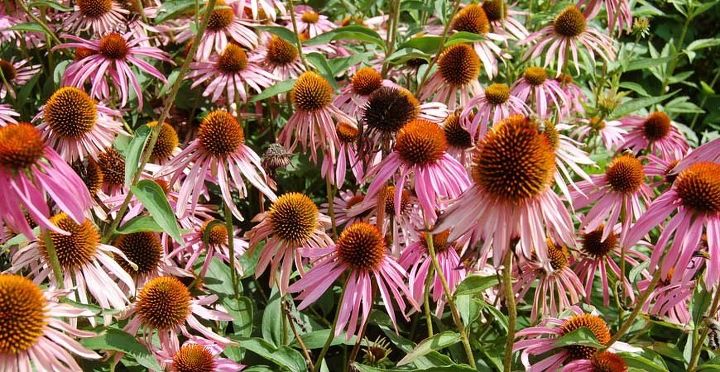


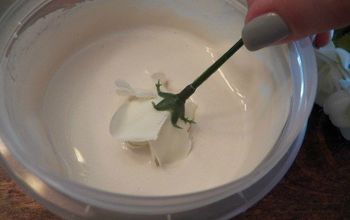
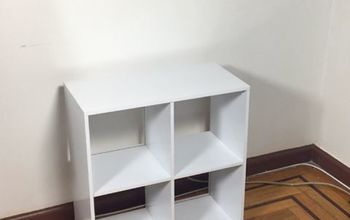

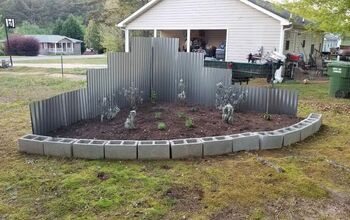
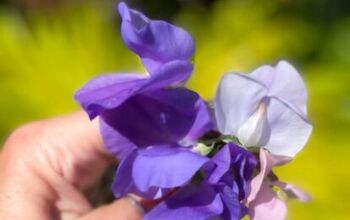
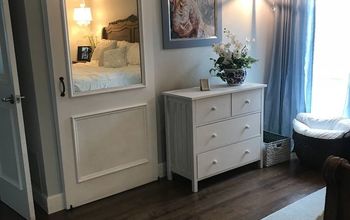
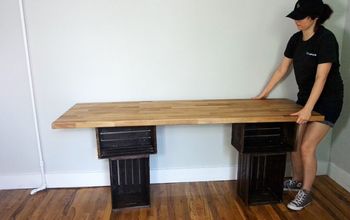






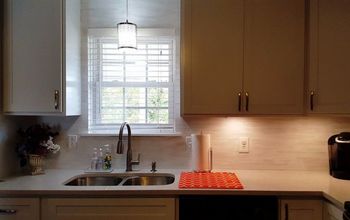
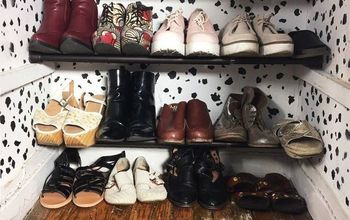

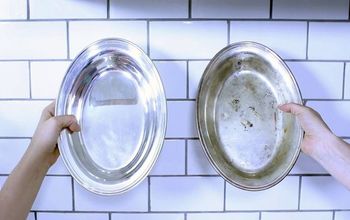



Frequently asked questions
Have a question about this project?